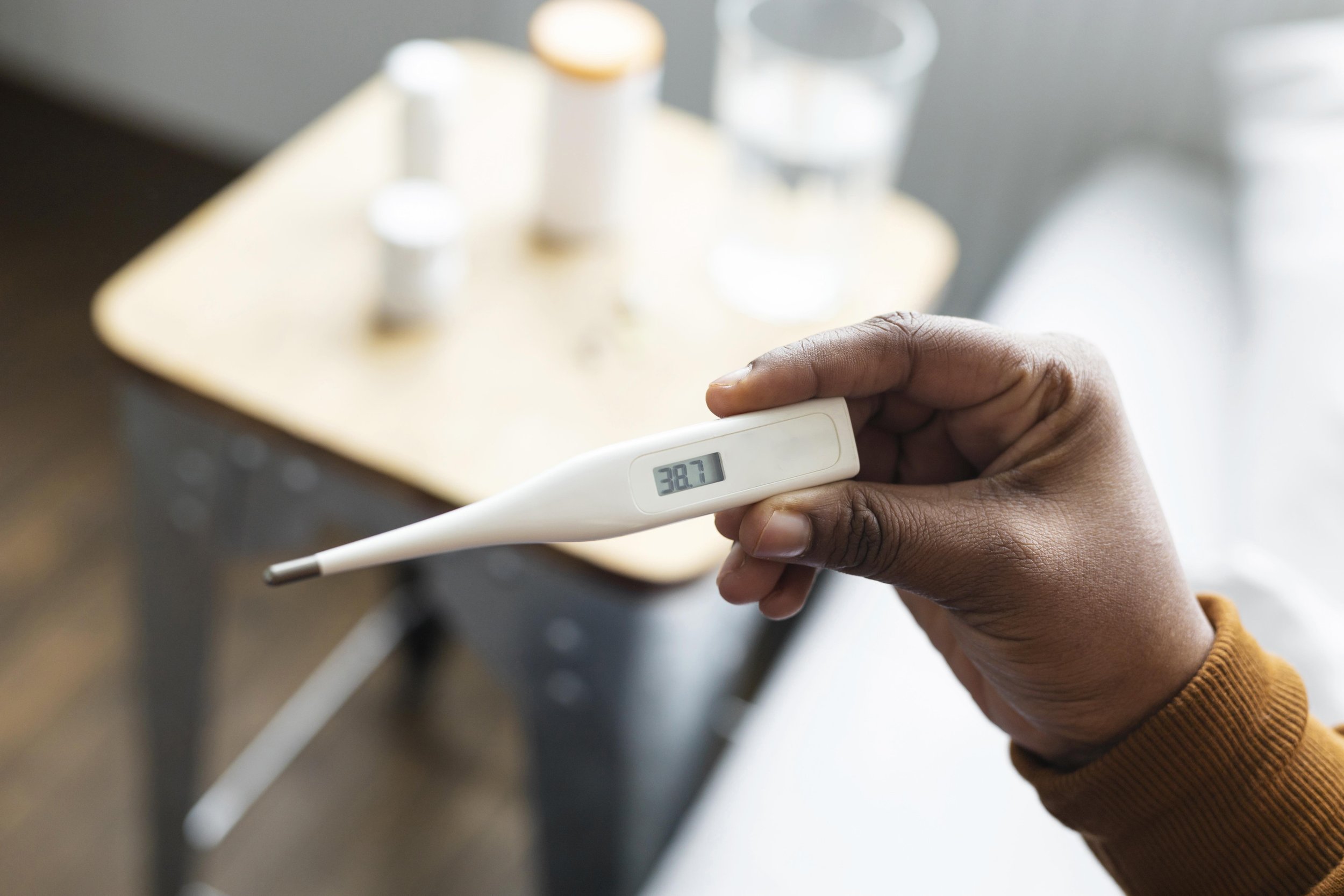
Why Colds and Flu Peak in Winter
Ever notice how colds and flu seem to arrive with the chill of winter? It’s not just coincidence — viruses thrive when temperatures drop. From October through May, respiratory infections surge in the U.S., with flu season often peaking in February, according to CDC data. The Southern Hemisphere experiences its spike during winter (April–September), while tropical regions see cases year-round.
So, why exactly do viruses spread more easily in the cold months?

Fever and Blood Pressure: What’s the Connection?
As parents or caregivers, one of the most common concerns is a child's body temperature. It’s natural to worry when your child feels warm or acts unusually. Understanding what’s normal and when to be concerned is key to ensuring your child’s well-being. In this article, we’ll explore the basics of body temperature in children, how to measure it, and when to seek medical attention.

Body Temperature in Children: What’s Normal and When to Be Concerned
As parents or caregivers, one of the most common concerns is a child's body temperature. It’s natural to worry when your child feels warm or acts unusually. Understanding what’s normal and when to be concerned is key to ensuring your child’s well-being. In this article, we’ll explore the basics of body temperature in children, how to measure it, and when to seek medical attention.

Fever in Adults: Causes, Symptoms, and When to Seek Medical Attention
Fever is one of the most common medical signs and a natural defense mechanism of the body. It is your body's way of telling you that something is wrong. It is typically indicative of the immune system's efforts to combat an invader, frequently an infection.

What is Normal Body Temperature and How to Accurately Measure It
Body temperature is an important health indicator, and its accurate measurement sometimes plays a key role in diagnosis and treatment. Understanding the range of normal body temperature and the methods for measuring it can help in the timely detection of illnesses and in making informed health-related decisions.

Decoding Popular Heat Index Metrics

Understanding Heat Illnesses: What to Watch For and How to React

